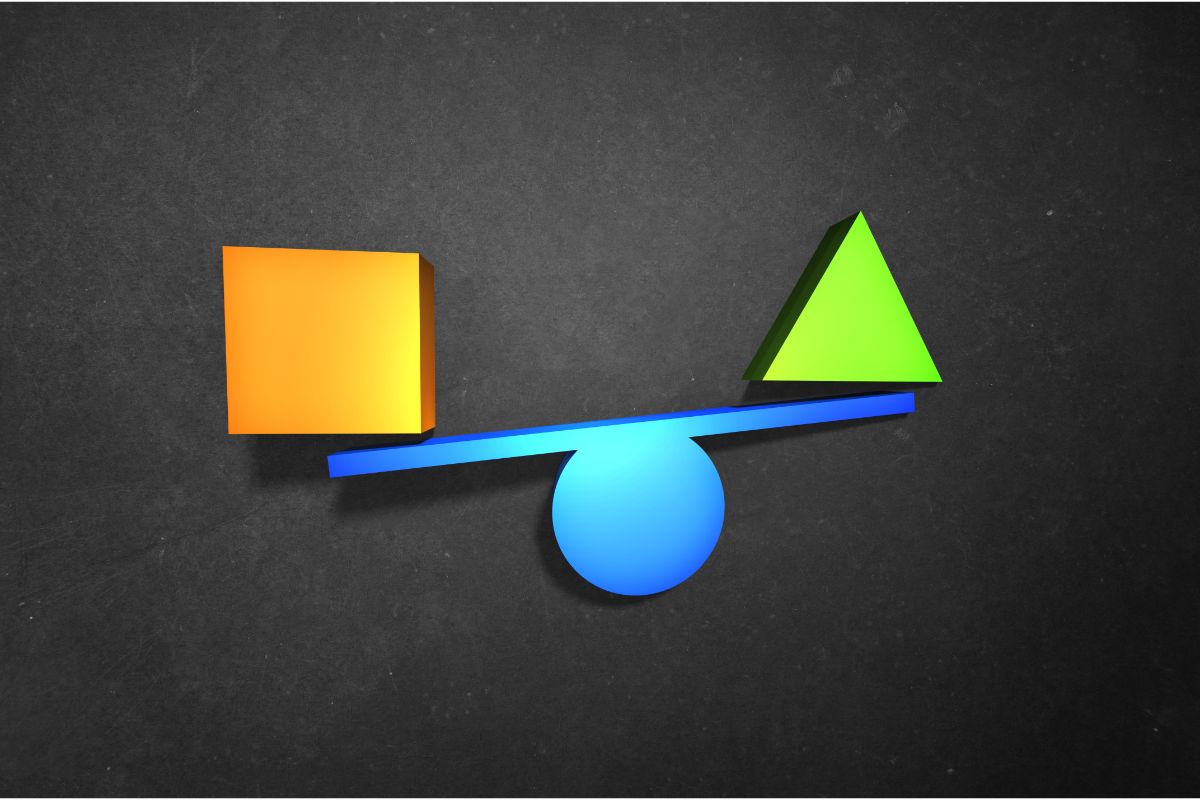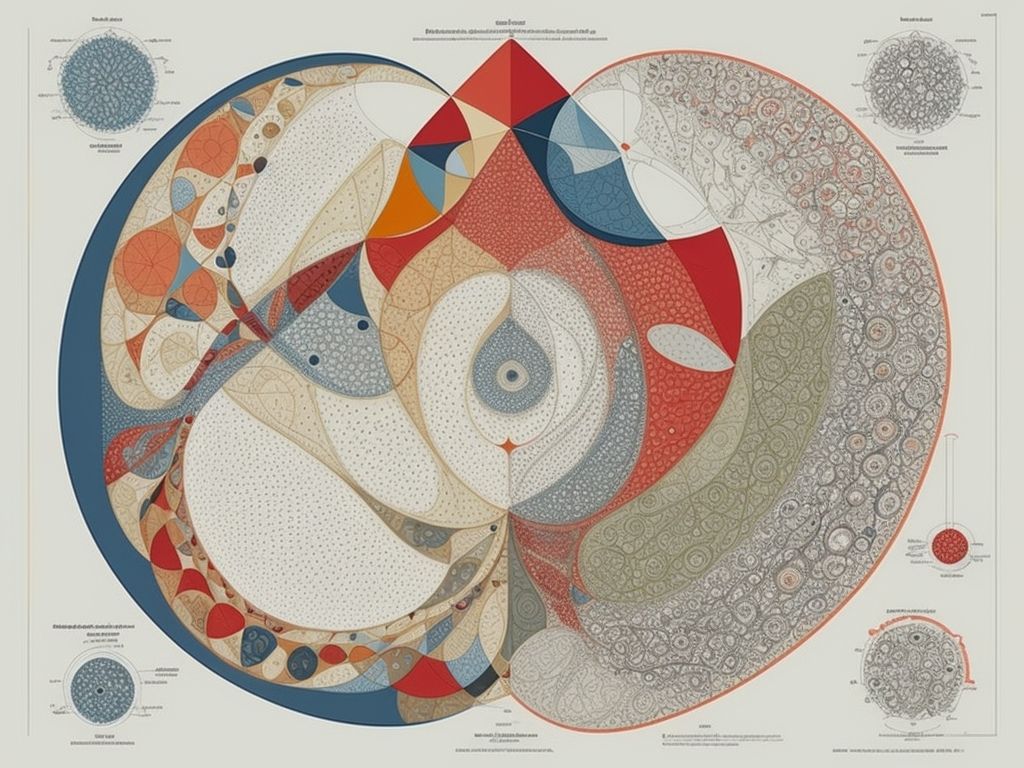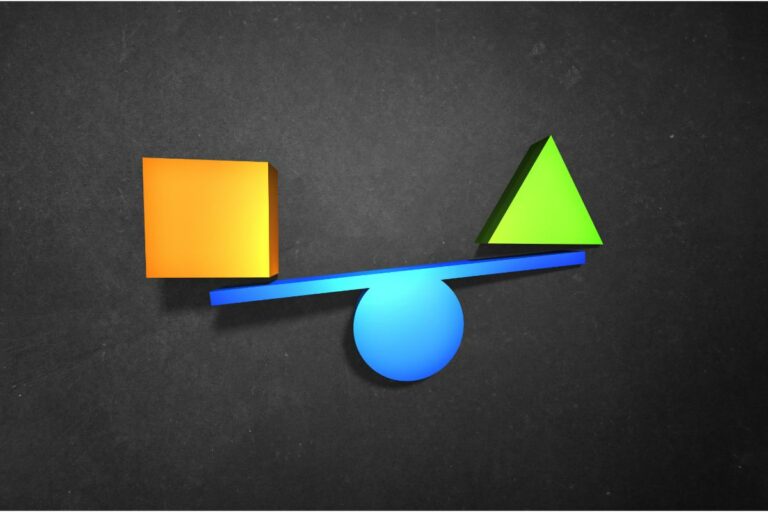Covariance Calculator
Understanding Covariance in Depth
Covariance is a statistical measure indicating the degree to which two variables change in tandem. It helps to identify how the increase in one variable influences the other. A positive covariance implies that the two variables move in the same direction, while a negative covariance indicates they move inversely.
Sample Covariance Calculator
Exploring the Intricacies of Covariance in Statistical Analysis
Covariance stands out as a crucial statistical metric that signifies the extent to which two variables fluctuate in conjunction. It plays a vital role in determining how the augmentation in one variable reciprocally affects the other. When we observe a positive covariance, it suggests that the two variables tend to move in a parallel direction. Conversely, a negative covariance signals that the variables move in opposite directions.
A Closer Look at the Covariance Calculator
The Covariance Calculator emerges as a pivotal tool designed to compute the covariance between two data sets, thereby providing profound insights into their concurrent variability. It meticulously calculates both the sample and population covariance, offering an in-depth analysis of the interrelationship between the variables under consideration. Notably, the calculator also accommodates weighted covariance, thereby enhancing its flexibility and applicability in diverse data analysis scenarios.
Diving Deeper into the Covariance Formula and Its Variants
The covariance formula is indispensable for determining the statistical interdependence between two variables. There are two primary variants of the covariance formula: the population covariance formula and the sample covariance formula, each being relevant and applied in distinct scenarios. The population covariance formula comes into play when the analysis encompasses an entire population. In contrast, the sample covariance formula is employed when the analysis pertains to a sample extracted from the population.
Wide-Ranging Applications of Covariance Across Diverse Domains
Covariance is not confined to a single domain but finds its utility across a multitude of fields, including but not limited to finance, genetics, and machine learning. The covariance matrix, for instance, is pivotal in principal component analysis (PCA), facilitating the reduction of feature dimensionality during the data preprocessing phase. Moreover, covariance serves as a foundational step in computing correlation coefficients, thereby forming the underpinning of a correlation matrix.
Practical Utility of the Covariance Calculator in Statistical Analysis
The Covariance Calculator serves as a robust tool, specifically designed to estimate the covariance between two distinct sets of data, thereby shedding light on how they co-vary. It is proficient in computing both sample and population covariance, thereby providing a thorough analysis of the interplay between the variables. Additionally, the calculator is adept at supporting weighted covariance, thereby providing an additional layer of flexibility in the realm of data analysis.
Final Thoughts
Understanding covariance is pivotal for statisticians, data analysts, and researchers across various fields, enabling them to decipher the degree and direction of the relationship between two variables. The Covariance Calculator, along with a deep understanding of the covariance formula and its applications, equips professionals to navigate through complex data sets and derive meaningful insights that can inform decision-making and predictive modeling.
Covariance FAQ
- What is Covariance? Covariance is a statistical measure that indicates the extent to which two variables change together.
- How Does the Covariance Formula Work? The covariance formula calculates the joint variability of two variables, with distinct formulas for population and sample data.
- What is the Difference Between Covariance and Correlation? While covariance indicates the direction of a linear relationship between variables, correlation measures both the strength and direction of the linear relationship.
- How is the Covariance Matrix Utilized in Data Analysis? The covariance matrix is used in PCA to reduce the dimensionality of data, preserving the essential parts without much loss of information.
- Why Choose the Covariance Calculator for Analysis? The covariance calculator simplifies the process of determining the covariance between two variables, providing both sample and population covariance.
- University of Massachusetts Amherst Polls: Analyzing Voter Behavior in Massachusetts - January 5, 2025
- Polling Insights from University of Massachusetts Lowell: A Close Look at Voter Shifts - January 5, 2025
- University of New Hampshire Polls: Analyzing Key Presidential Primary Data - January 5, 2025











